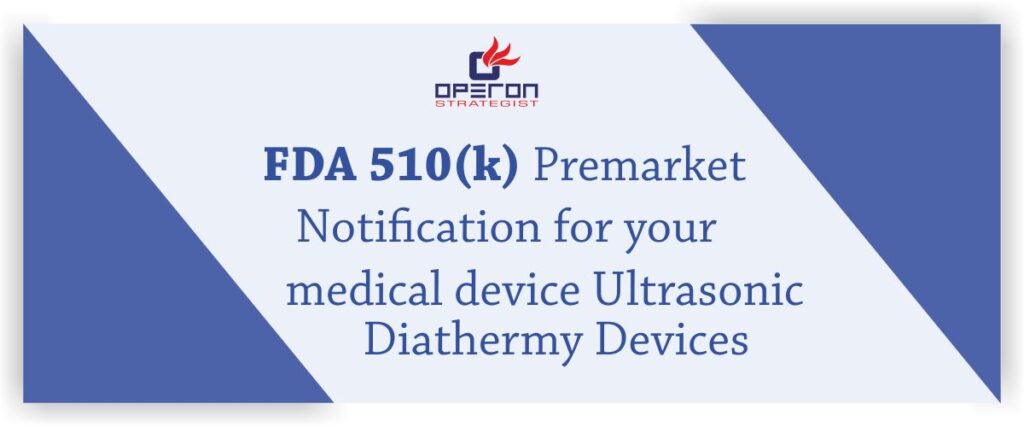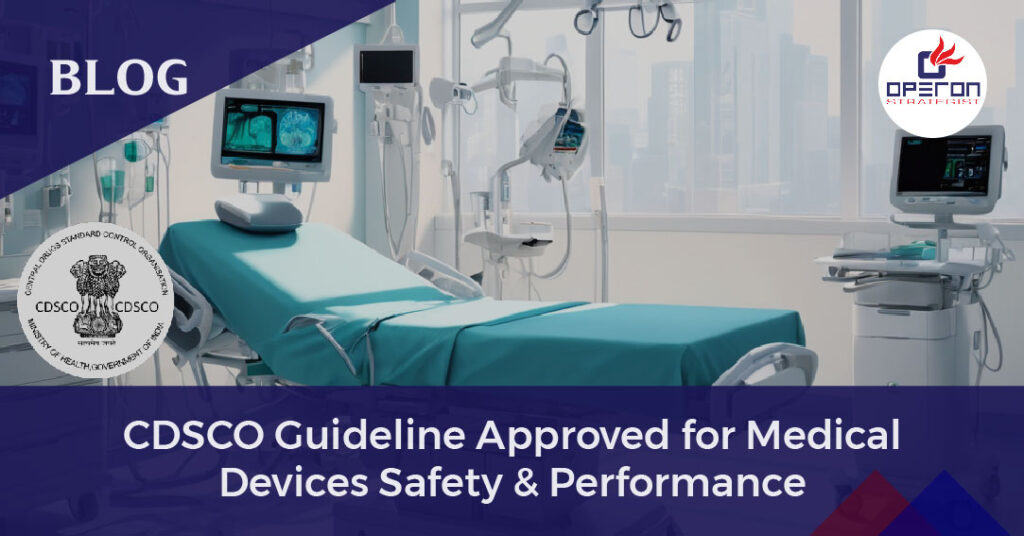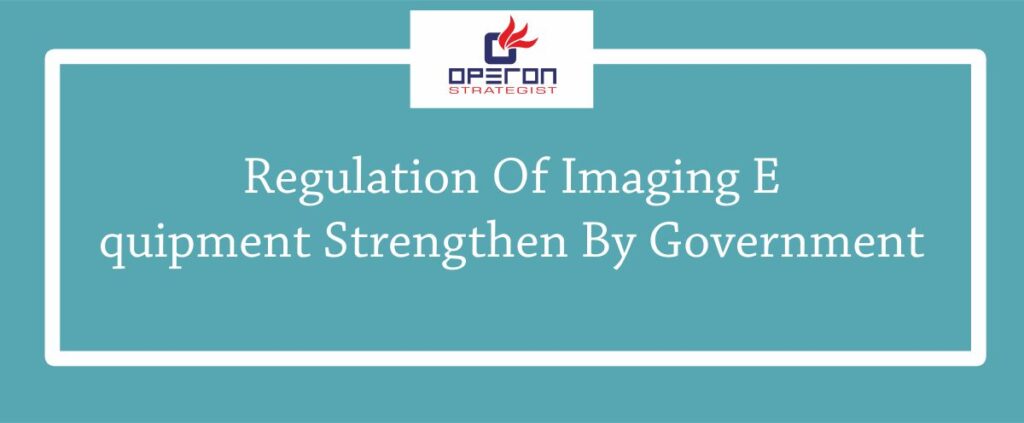Overview of India's Medical Device Industry Growth
India is rapidly emerging as a significant market for outsourcing medical devices. Over the past decade, the industry has experienced remarkable growth. Current trends in development suggest even more substantial potential in the years ahead.
In 2013, India’s medical devices market share was valued at approximately $6.3 billion, making up about 7-8 percent of the country’s overall healthcare expenditure. This was notably lower compared to the 18 percent contribution made by pharmaceuticals. Considering the per capita spending, which was estimated to be less than $3, the government views Foreign Direct Investment (FDI) as a crucial means to stimulate domestic growth in this sector.
Looking For Medical Device Consultants?
Let’s have a word about your next project
Despite these statistics, India’s medical devices industry is anticipated to witness remarkable expansion in the coming decade. Presently valued at $11 billion, the Indian medical devices market is projected to escalate to $50 billion by 2025. Over the past three years, the sector has demonstrated consistent growth, maintaining a steady Compound Annual Growth Rate (CAGR) of 15 percent.
Strategy to Bring Medical Devices in Indian Market
Bringing medical devices into the Indian market involves navigating regulatory, marketing, and distribution challenges. Here’s a strategy to consider:
- Understand Regulatory Requirements:
– Research Regulations: Familiarize yourself with India’s medical device regulatory framework, including device registration, licensing, and quality control requirements. The regulatory body in India for medical devices is the Central Drugs Standard Control Organization (CDSCO). Ensure compliance with regulations like the Medical Devices Rules, 2017.
– Obtain Necessary Approvals: Obtain necessary approvals, such as the Import License, Medical Device Registration, Manufacturing License, and Quality Management System (QMS) certifications.
- Market Research:
– Identify Target Market: Analyze the Indian healthcare market, identifying the specific needs, preferences, and demands for medical devices. Consider factors such as demographics, healthcare infrastructure, and prevalent diseases.
– Competitor Analysis: Study existing products and competitors to understand the market landscape and find gaps or opportunities for your medical devices.
Read Product Feasibility & Detail Project Report
- Product Adaptation and Localization:
– Adapt to Local Needs: Tailor your medical devices to suit the specific requirements and preferences of the Indian market. This might involve modifications in design, features, or usability.
– Localize Marketing and Support: Translate marketing materials and provide customer support in local languages to connect better with consumers and healthcare providers.
- Distribution and Partnerships:
– Establish Distribution Channels: Develop a robust distribution network by partnering with local distributors, hospitals, clinics, and medical institutions. Consider both online and offline channels for distribution.
– Forge Partnerships: Collaborate with local healthcare organizations, key opinion leaders, and medical professionals to endorse and promote your devices.
- Marketing and Promotion:
– Educate and Create Awareness: Conduct workshops, seminars, and training sessions to educate healthcare professionals about the benefits and usage of your devices.
– Digital Marketing: Leverage digital platforms for marketing campaigns, including social media, targeted advertising, and content marketing to reach a wider audience.
- Quality Assurance and Customer Support:
– Ensure Quality: Maintain high-quality standards and ensure adherence to regulatory guidelines. Quality products build trust and credibility.
– Provide Excellent Support: Offer after-sales services, warranties, and customer support to build customer satisfaction and loyalty.
- Continuous Improvement:
– Gather Feedback: Collect feedback from customers, healthcare providers, and distributors to continuously improve your products and services.
– Adapt to Changes: Stay updated with market trends, technological advancements, and regulatory changes to adapt your strategy accordingly.
- Compliance and Legal Considerations:
– Stay Compliant: Continuously monitor and ensure compliance with evolving regulations and standards in India to avoid any legal issues.
Role of Operon Strategist
Launching medical devices in India requires meticulous planning, compliance with regulations, understanding market dynamics, and establishing strong partnerships. A well-thought-out strategy, combined with adaptability and responsiveness to market needs, is crucial for success in this endeavor. Consulting with trusted and regulatory experts in the Indian healthcare industry can also be immensely beneficial.
For More Information on Strategy to Bring Medical Devices in Indian Market
At Operon Strategist, a leading medical devices regulatory and project management consulting company in India, we focus on creating the best strategies that fit the regulatory complainces. We know the Indian market well and make sure our clients’ devices meet the regulations while entering the market quickly. Count on us to guide you through the rules and make sure your medical device can enter and succeed in India. Contact us for clear guidance, personalized plans, and successful launches in the Indian market for medical devices.
- adminhttps://operonstrategist.com/author/admin-2/
- adminhttps://operonstrategist.com/author/admin-2/
- adminhttps://operonstrategist.com/author/admin-2/
- adminhttps://operonstrategist.com/author/admin-2/




